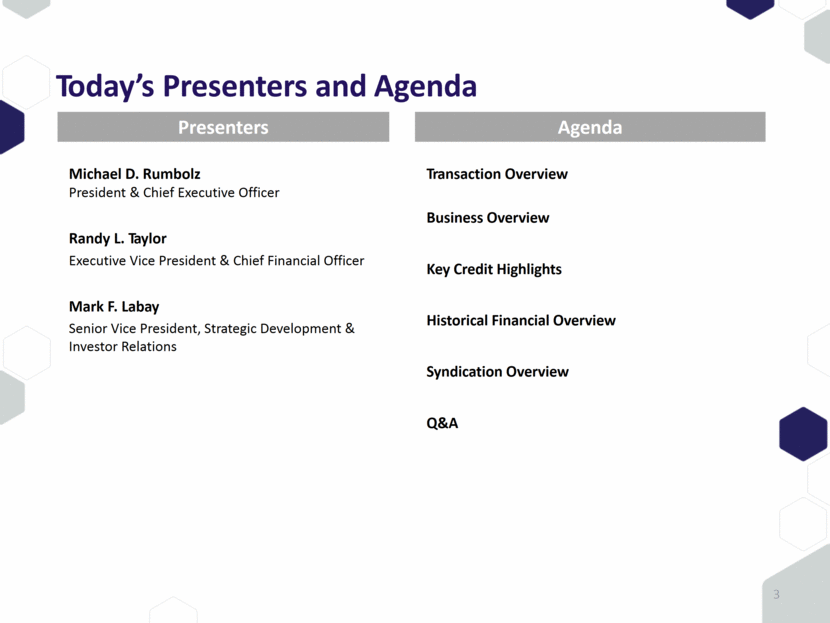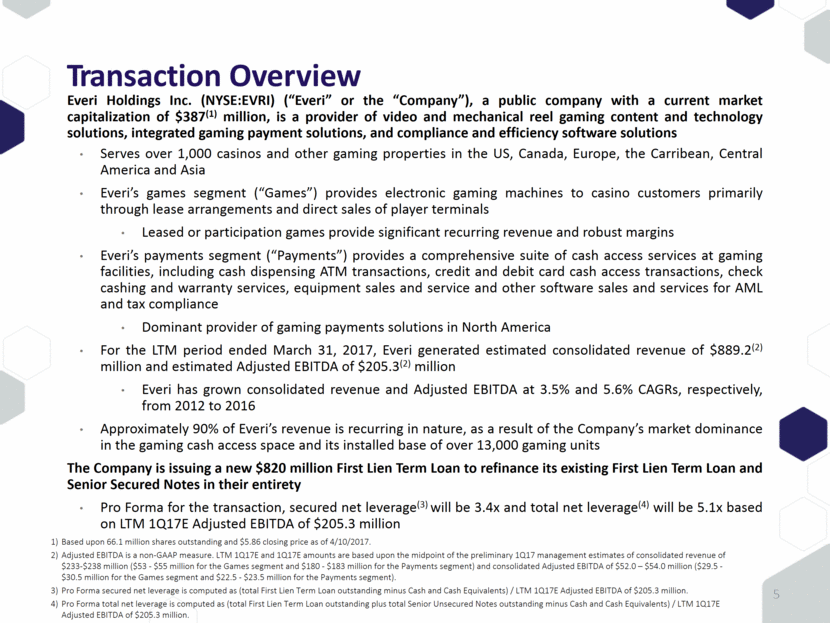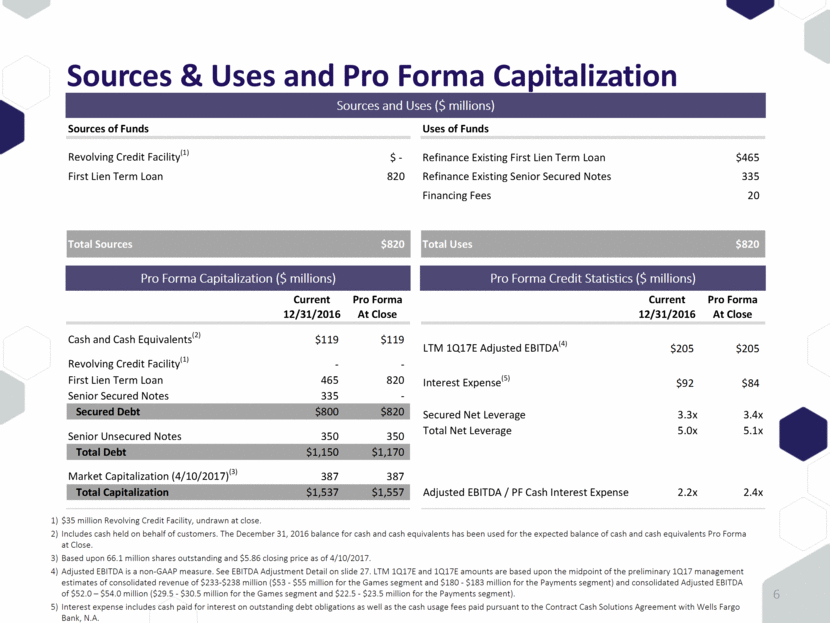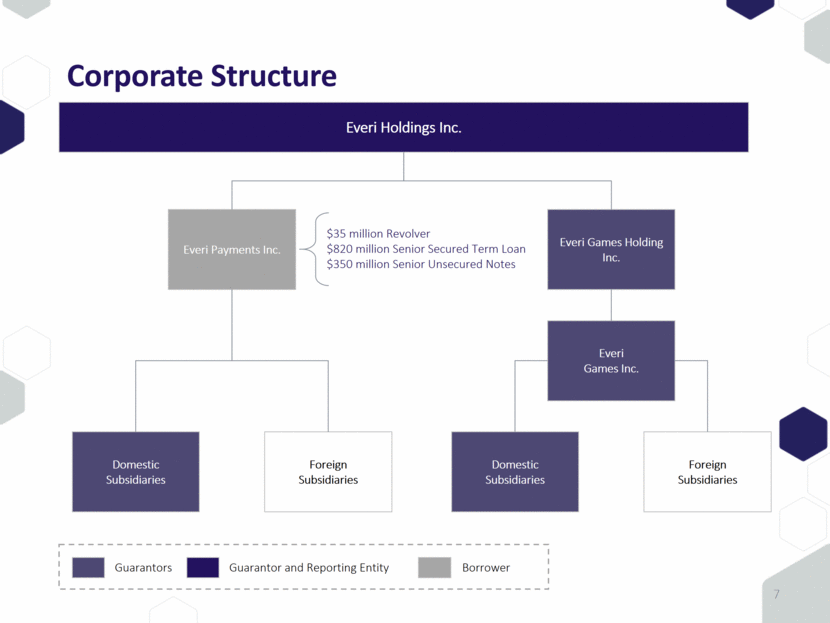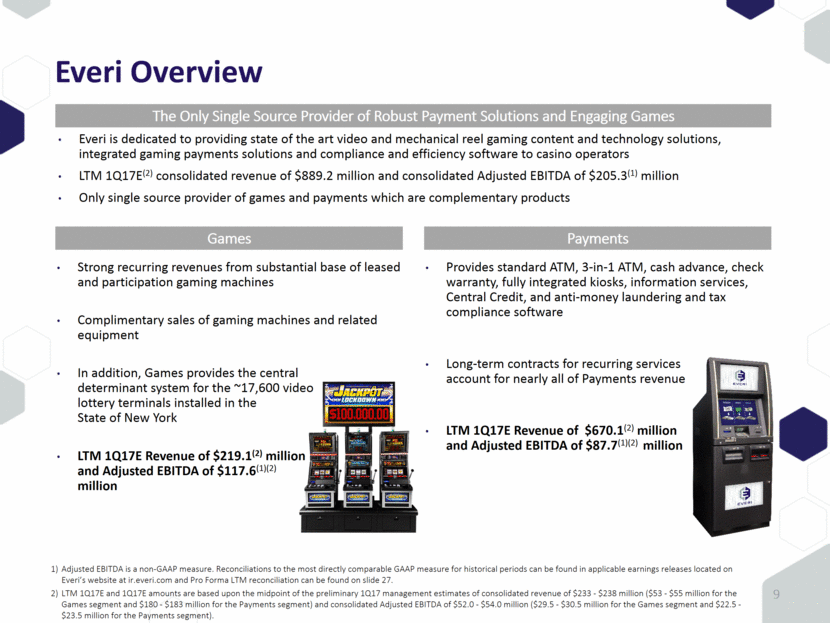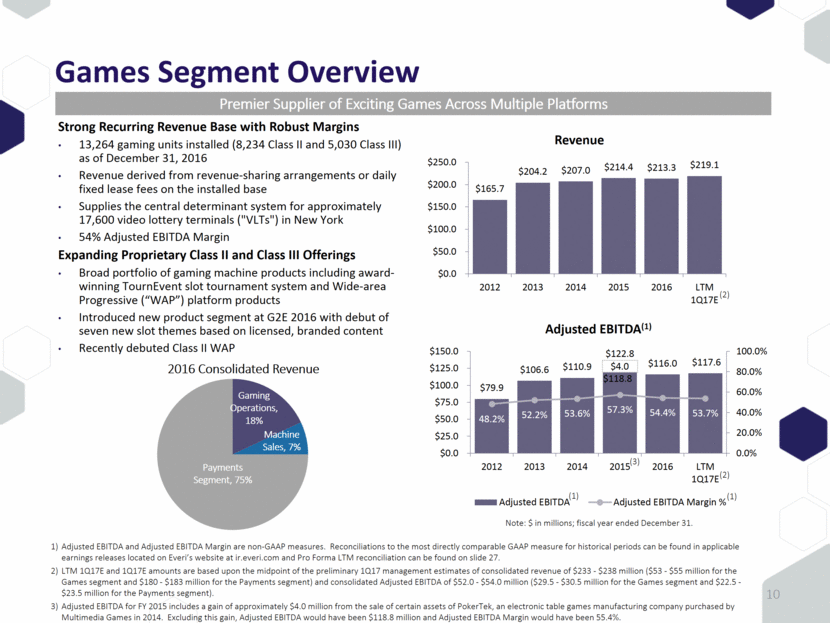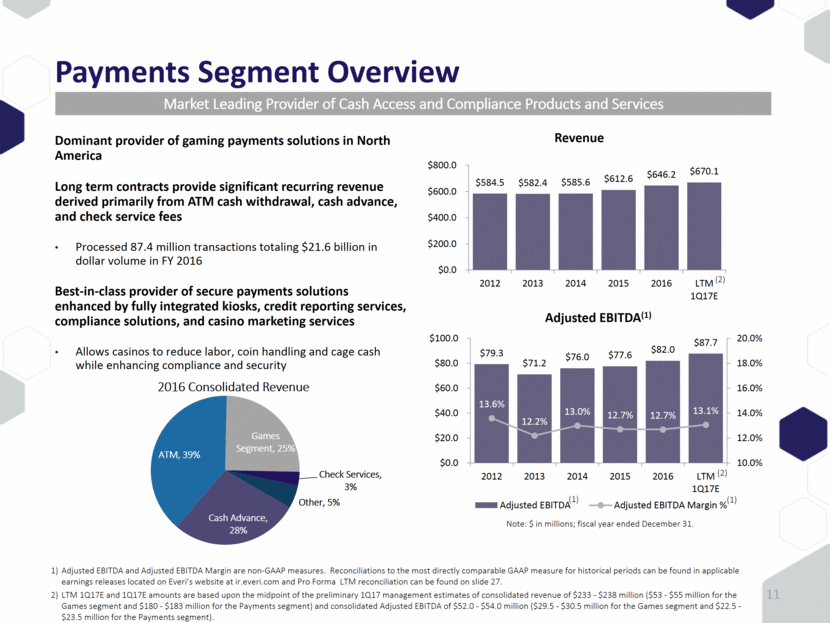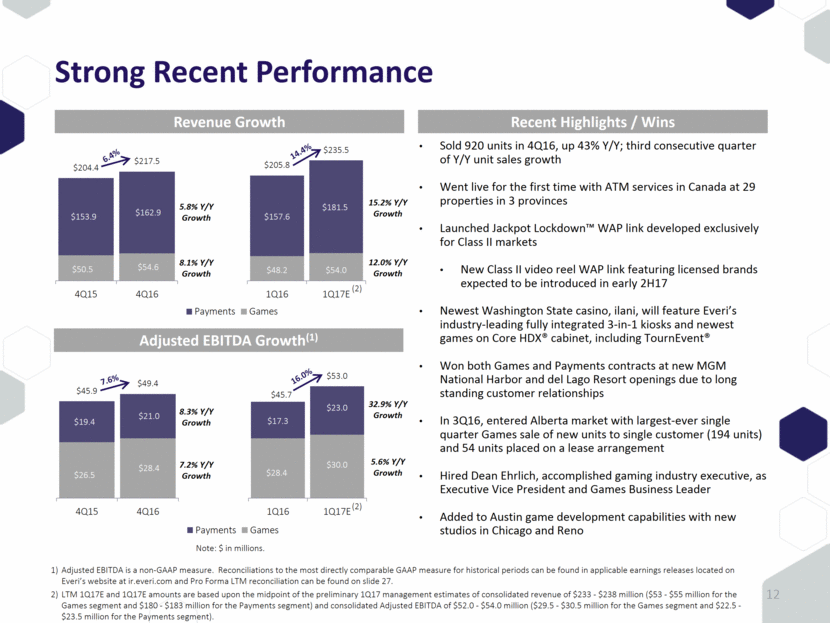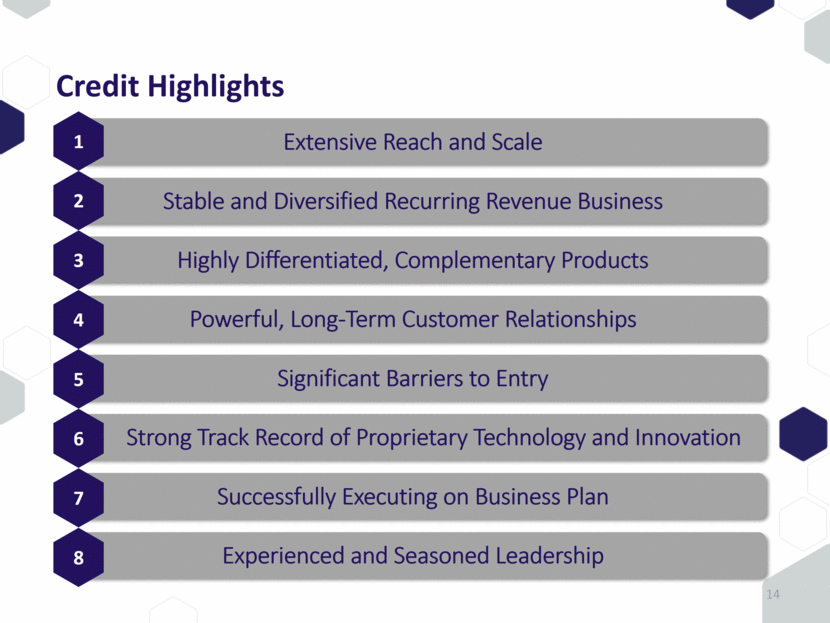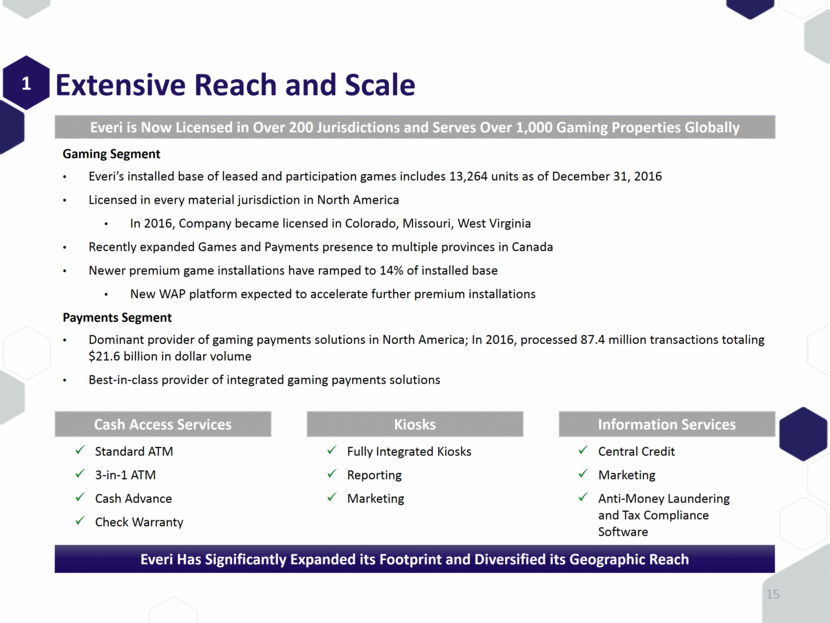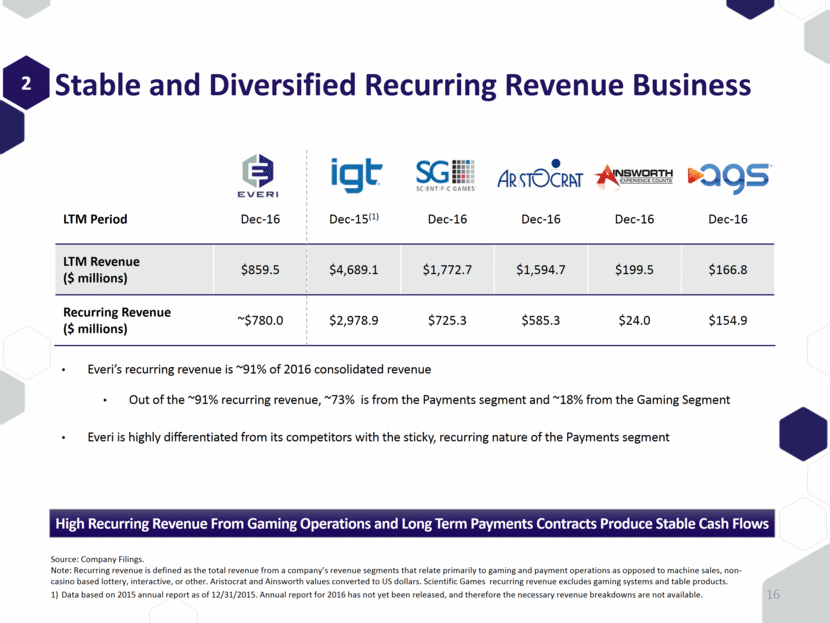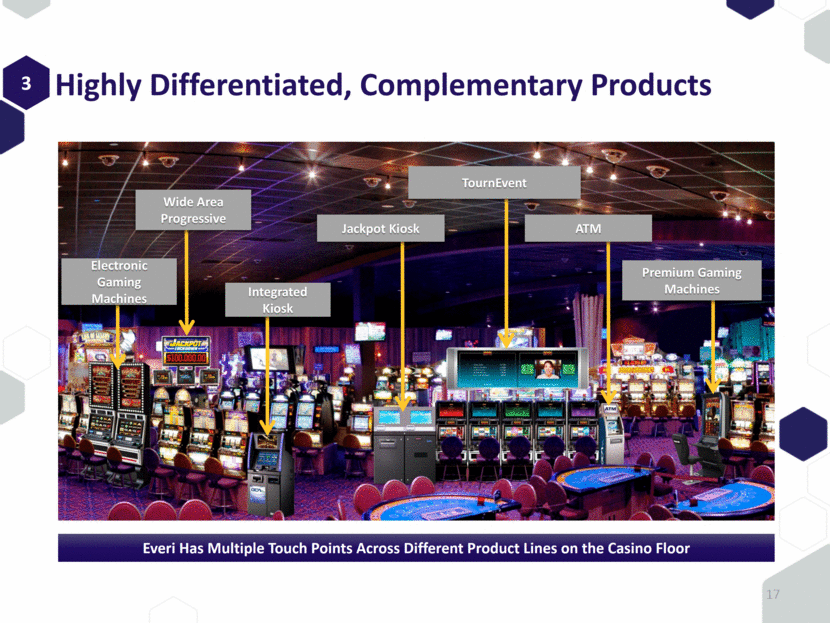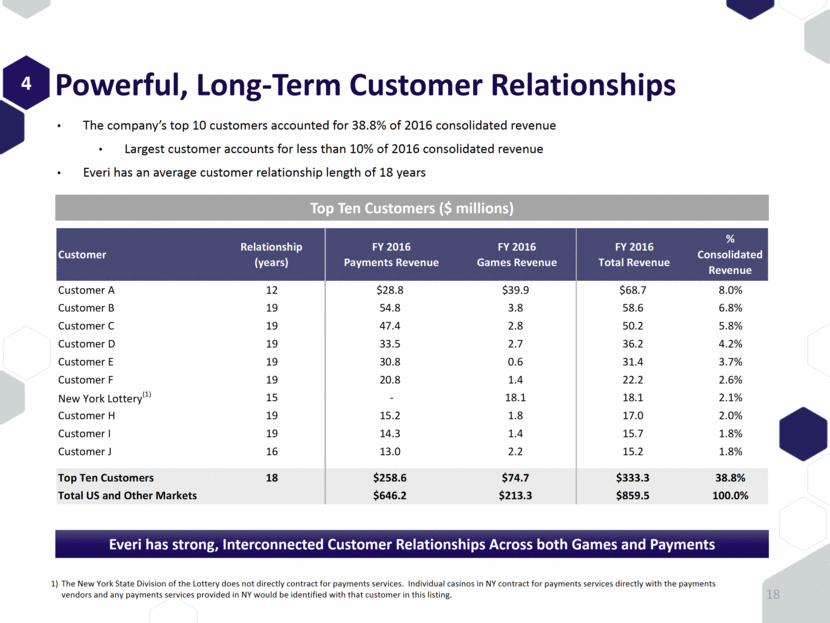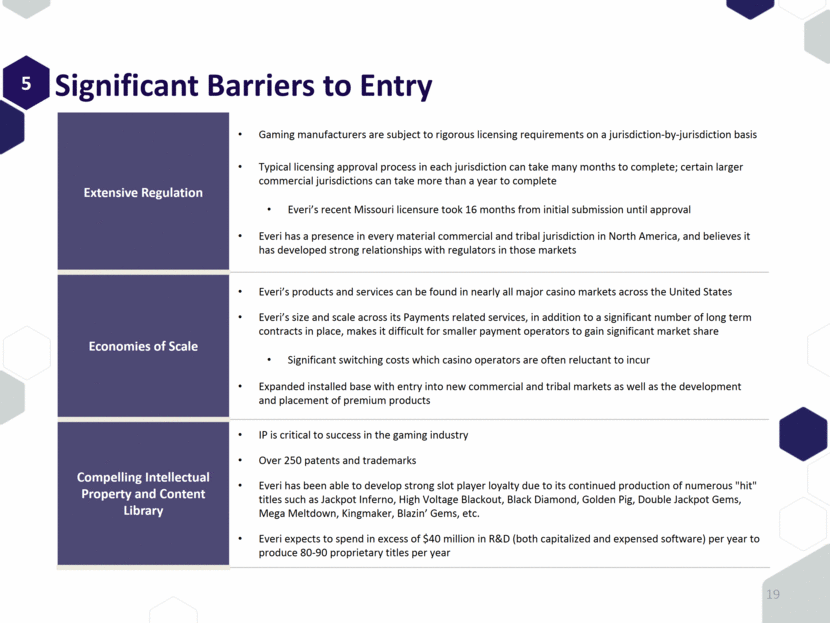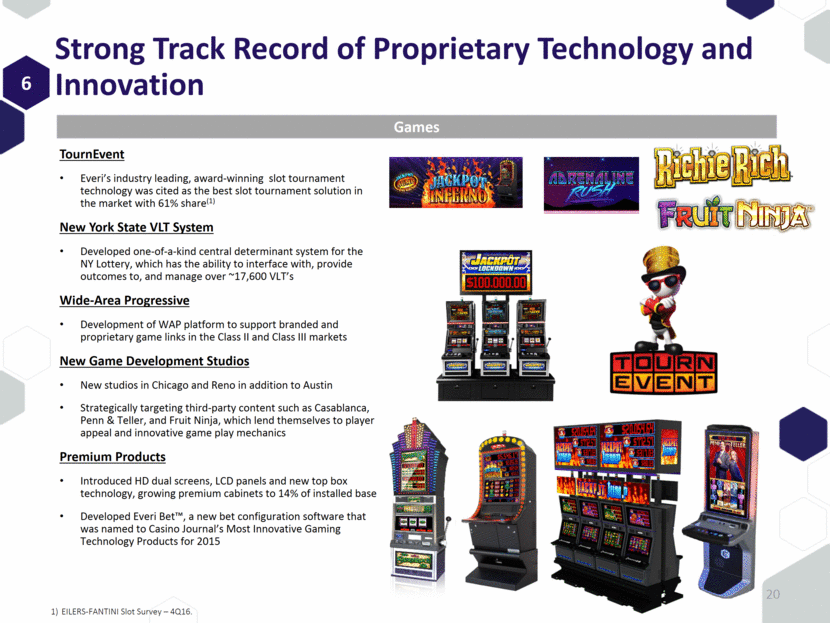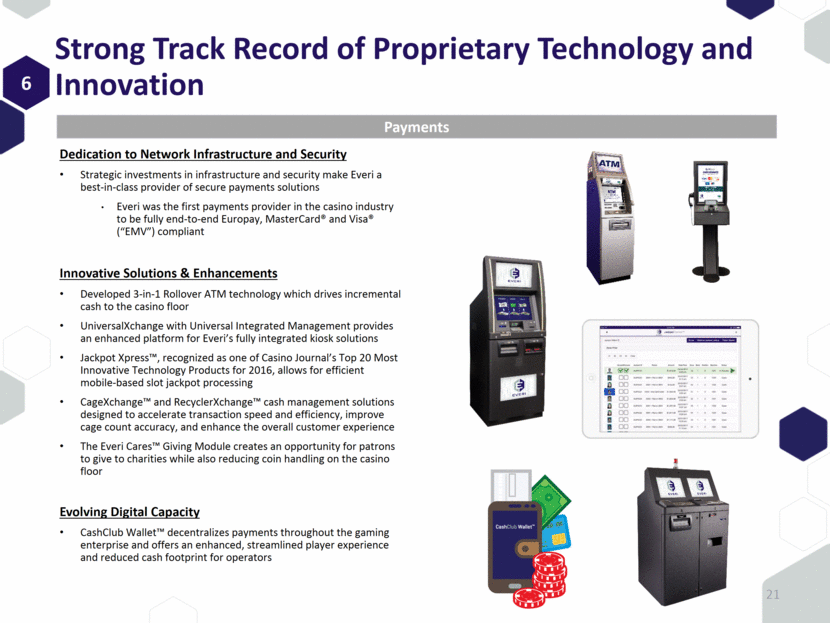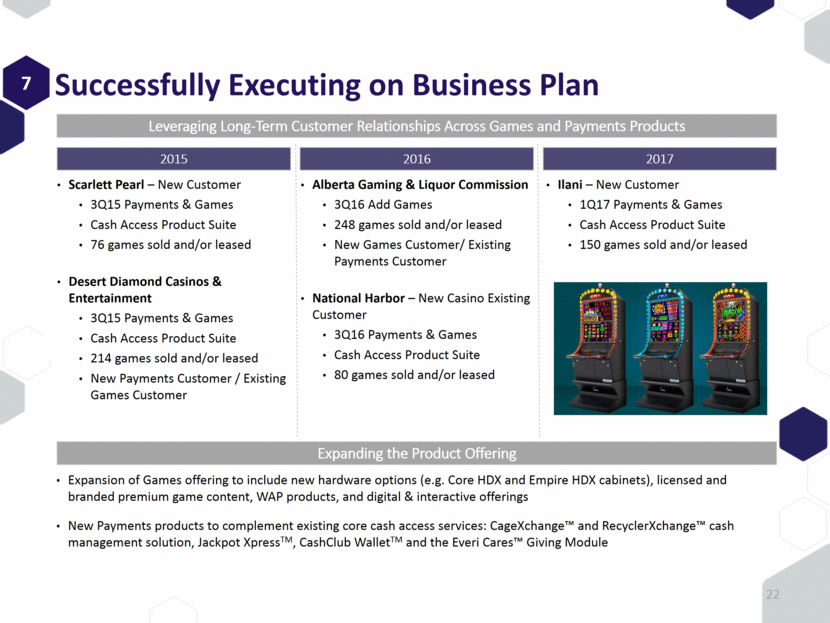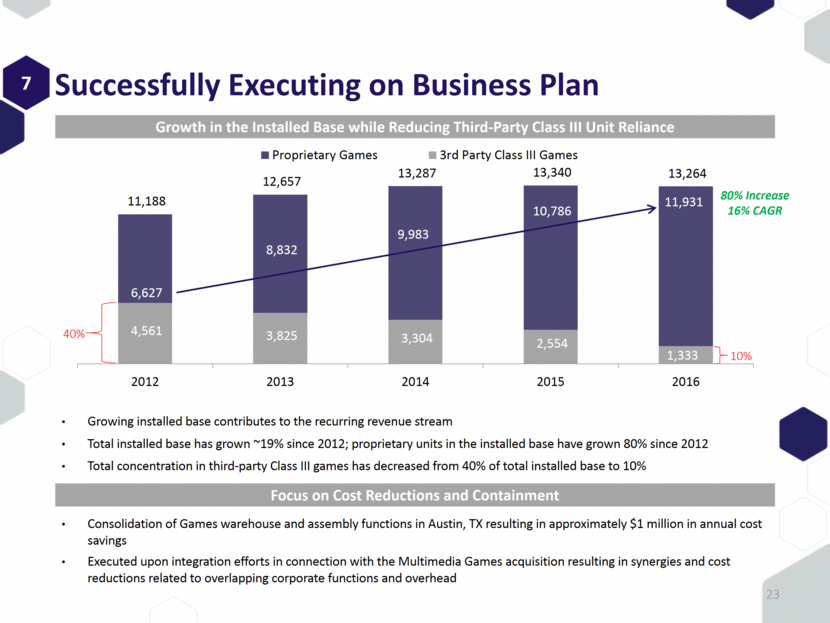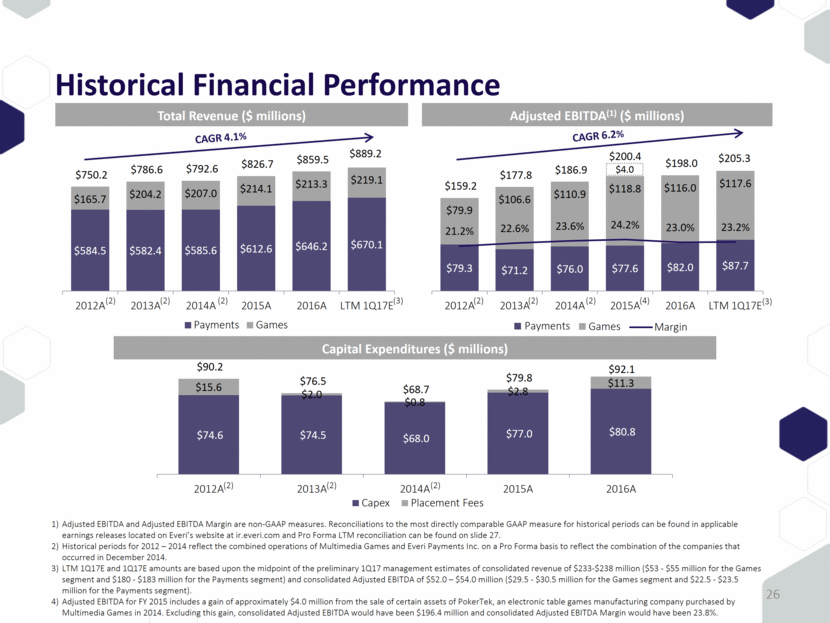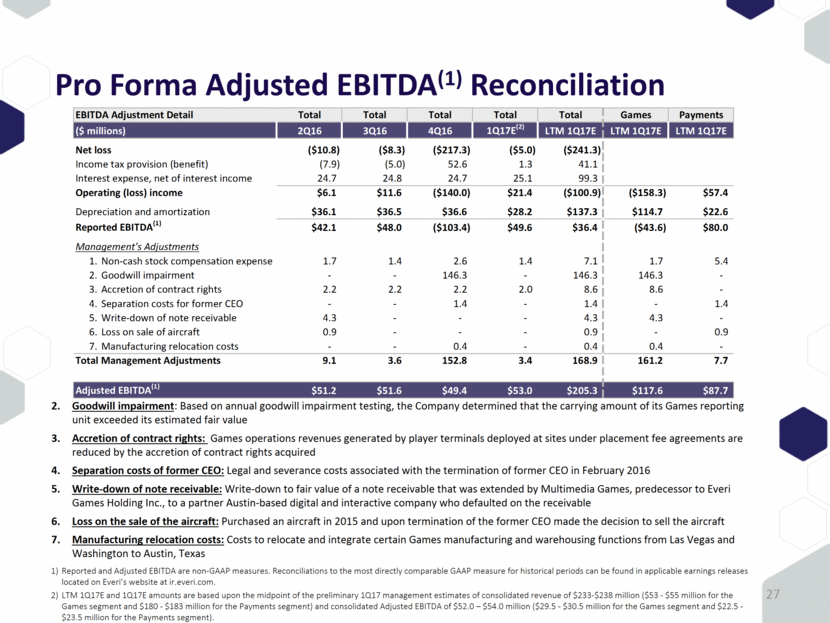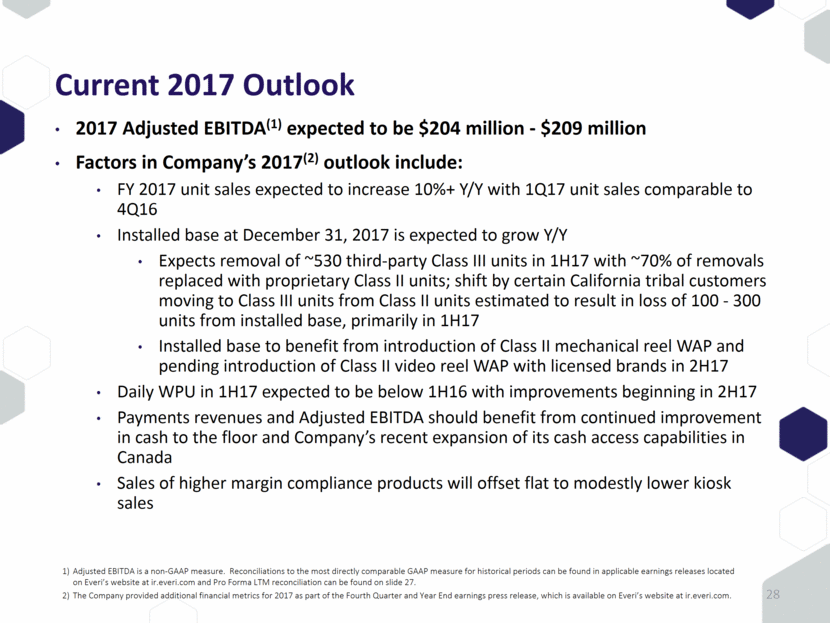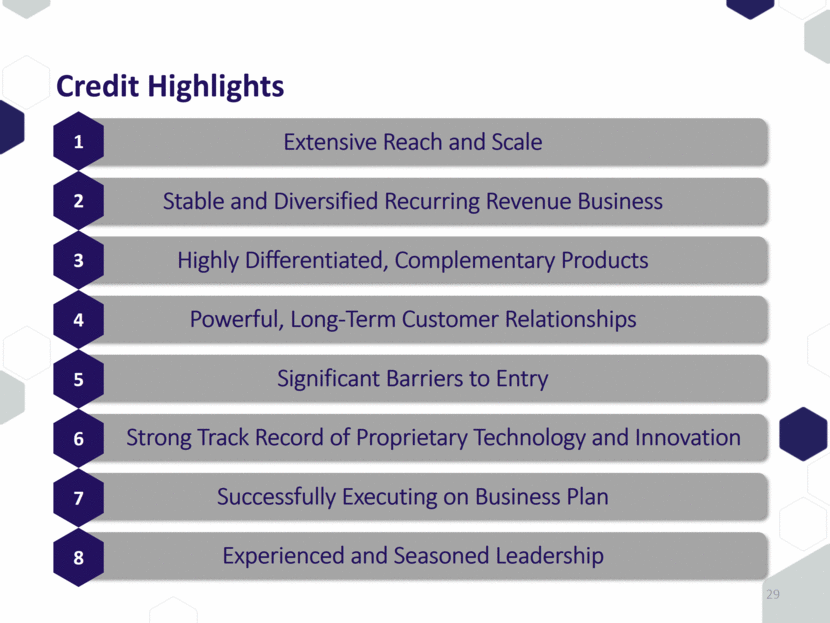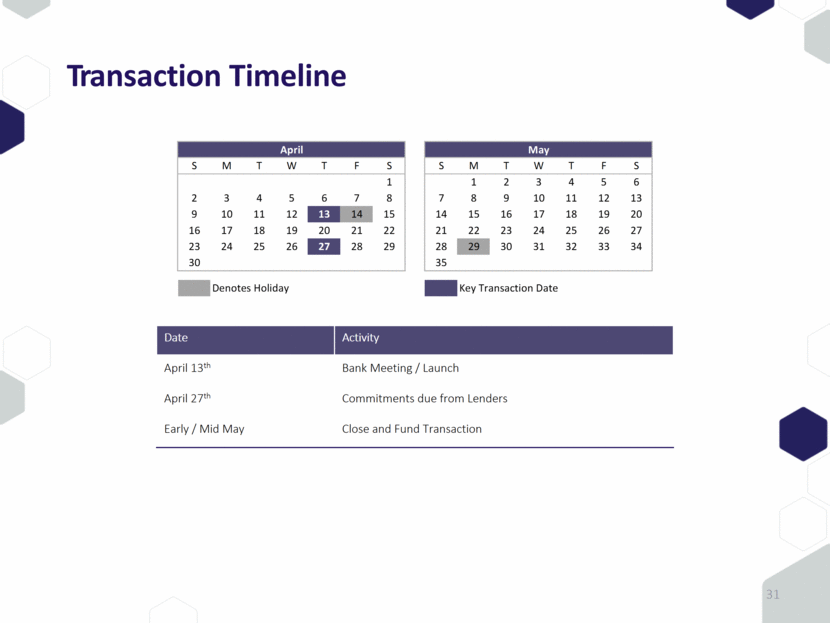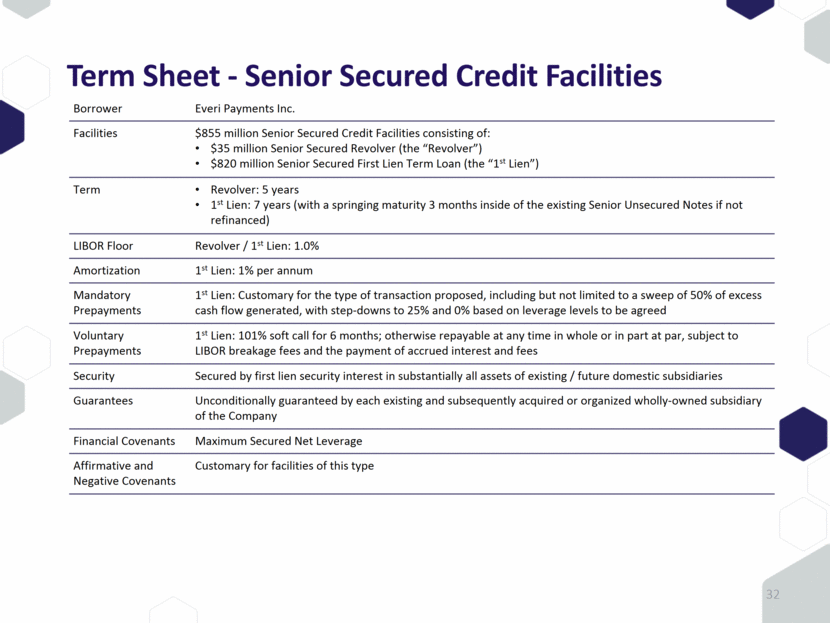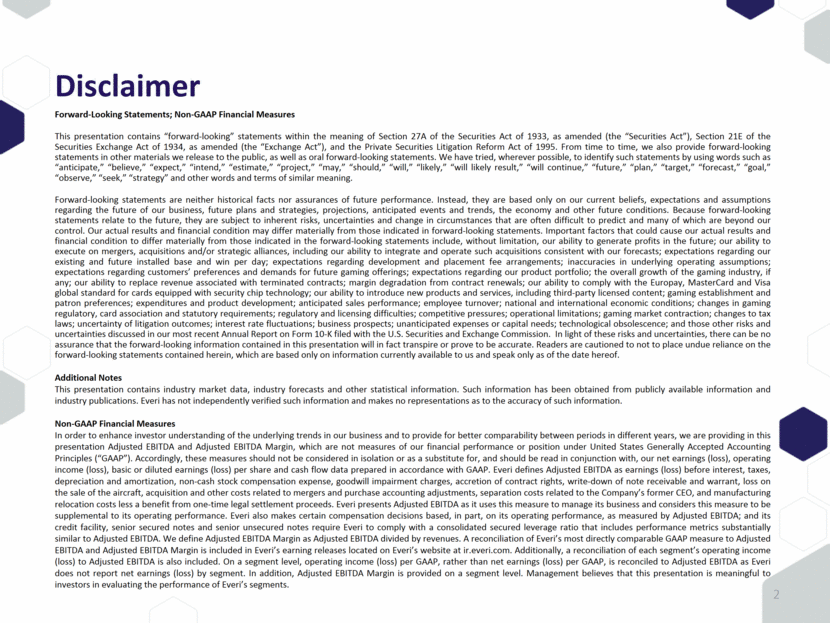
| Disclaimer Forward-Looking Statements; Non-GAAP Financial Measures This presentation contains “forward-looking” statements within the meaning of Section 27A of the Securities Act of 1933, as amended (the “Securities Act”), Section 21E of the Securities Exchange Act of 1934, as amended (the “Exchange Act”), and the Private Securities Litigation Reform Act of 1995. From time to time, we also provide forward-looking statements in other materials we release to the public, as well as oral forward-looking statements. We have tried, wherever possible, to identify such statements by using words such as “anticipate,” “believe,” “expect,” “intend,” “estimate,” “project,” “may,” “should,” “will,” “likely,” “will likely result,” “will continue,” “future,” “plan,” “target,” “forecast,” “goal,” “observe,” “seek,” “strategy” and other words and terms of similar meaning. Forward-looking statements are neither historical facts nor assurances of future performance. Instead, they are based only on our current beliefs, expectations and assumptions regarding the future of our business, future plans and strategies, projections, anticipated events and trends, the economy and other future conditions. Because forward-looking statements relate to the future, they are subject to inherent risks, uncertainties and change in circumstances that are often difficult to predict and many of which are beyond our control. Our actual results and financial condition may differ materially from those indicated in forward-looking statements. Important factors that could cause our actual results and financial condition to differ materially from those indicated in the forward-looking statements include, without limitation, our ability to generate profits in the future; our ability to execute on mergers, acquisitions and/or strategic alliances, including our ability to integrate and operate such acquisitions consistent with our forecasts; expectations regarding our existing and future installed base and win per day; expectations regarding development and placement fee arrangements; inaccuracies in underlying operating assumptions; expectations regarding customers’ preferences and demands for future gaming offerings; expectations regarding our product portfolio; the overall growth of the gaming industry, if any; our ability to replace revenue associated with terminated contracts; margin degradation from contract renewals; our ability to comply with the Europay, MasterCard and Visa global standard for cards equipped with security chip technology; our ability to introduce new products and services, including third-party licensed content; gaming establishment and patron preferences; expenditures and product development; anticipated sales performance; employee turnover; national and international economic conditions; changes in gaming regulatory, card association and statutory requirements; regulatory and licensing difficulties; competitive pressures; operational limitations; gaming market contraction; changes to tax laws; uncertainty of litigation outcomes; interest rate fluctuations; business prospects; unanticipated expenses or capital needs; technological obsolescence; and those other risks and uncertainties discussed in our most recent Annual Report on Form 10-K filed with the U.S. Securities and Exchange Commission. In light of these risks and uncertainties, there can be no assurance that the forward-looking information contained in this presentation will in fact transpire or prove to be accurate. Readers are cautioned to not to place undue reliance on the forward-looking statements contained herein, which are based only on information currently available to us and speak only as of the date hereof. Additional Notes This presentation contains industry market data, industry forecasts and other statistical information. Such information has been obtained from publicly available information and industry publications. Everi has not independently verified such information and makes no representations as to the accuracy of such information. Non-GAAP Financial Measures In order to enhance investor understanding of the underlying trends in our business and to provide for better comparability between periods in different years, we are providing in this presentation Adjusted EBITDA and Adjusted EBITDA Margin, which are not measures of our financial performance or position under United States Generally Accepted Accounting Principles (“GAAP”). Accordingly, these measures should not be considered in isolation or as a substitute for, and should be read in conjunction with, our net earnings (loss), operating income (loss), basic or diluted earnings (loss) per share and cash flow data prepared in accordance with GAAP. Everi defines Adjusted EBITDA as earnings (loss) before interest, taxes, depreciation and amortization, non-cash stock compensation expense, goodwill impairment charges, accretion of contract rights, write-down of note receivable and warrant, loss on the sale of the aircraft, acquisition and other costs related to mergers and purchase accounting adjustments, separation costs related to the Company’s former CEO, and manufacturing relocation costs less a benefit from one-time legal settlement proceeds. Everi presents Adjusted EBITDA as it uses this measure to manage its business and considers this measure to be supplemental to its operating performance. Everi also makes certain compensation decisions based, in part, on its operating performance, as measured by Adjusted EBITDA; and its credit facility, senior secured notes and senior unsecured notes require Everi to comply with a consolidated secured leverage ratio that includes performance metrics substantially similar to Adjusted EBITDA. We define Adjusted EBITDA Margin as Adjusted EBITDA divided by revenues. A reconciliation of Everi’s most directly comparable GAAP measure to Adjusted EBITDA and Adjusted EBITDA Margin is included in Everi’s earning releases located on Everi’s website at ir.everi.com. Additionally, a reconciliation of each segment’s operating income (loss) to Adjusted EBITDA is also included. On a segment level, operating income (loss) per GAAP, rather than net earnings (loss) per GAAP, is reconciled to Adjusted EBITDA as Everi does not report net earnings (loss) by segment. In addition, Adjusted EBITDA Margin is provided on a segment level. Management believes that this presentation is meaningful to investors in evaluating the performance of Everi’s segments. 2 |


